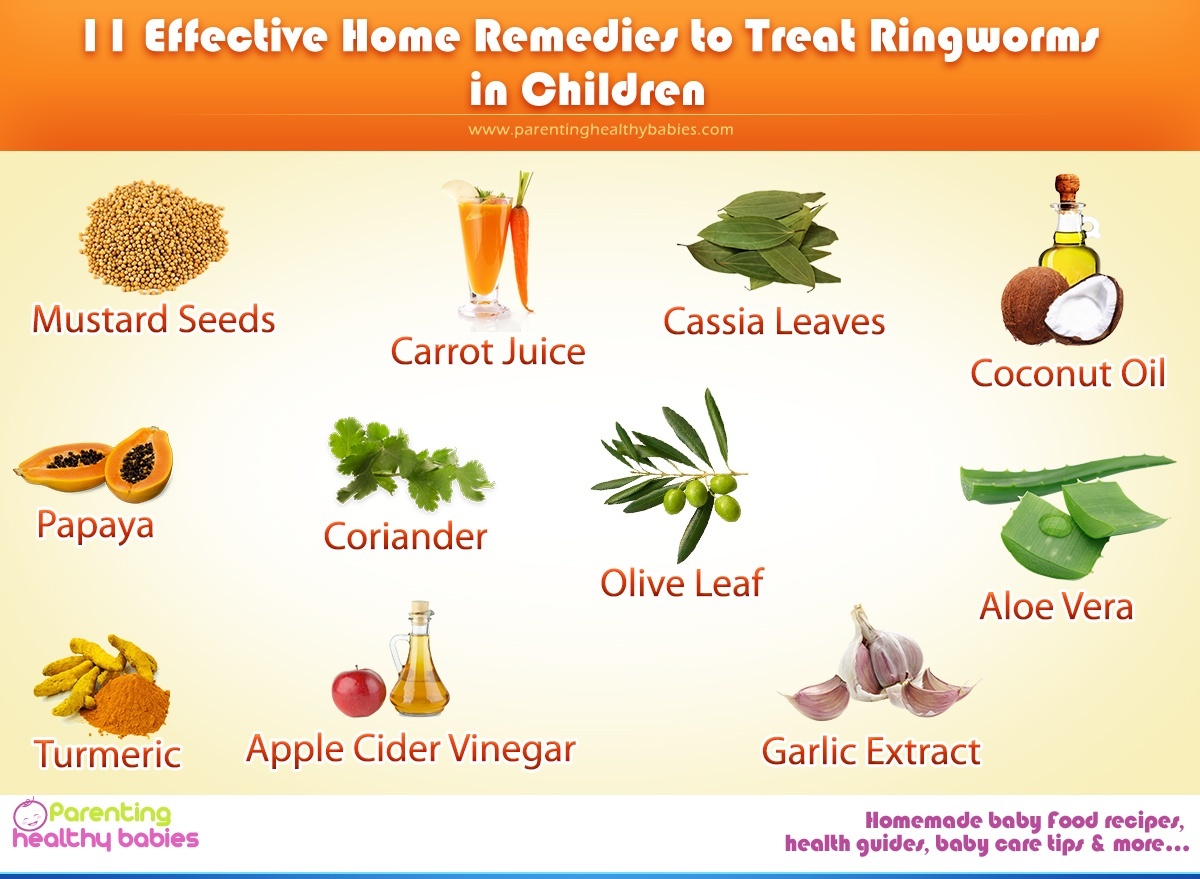A fever is usually a sign of infection which is often indicated by a rise in the body temperature. Younger people or children are likely to have higher body temperatures as compared to the older people. Also, a fever generally does not need treatment but for infants, it’s important to seek medical care. In this article, we will discuss how your little one can get rid of a fever and the first aid required for your child.
Read More: 11 Ways You Can Soothe Your Child During Fever
A Guide for Treating Fever in Kids
A fever is generally indicated by the following thermometer readings:
- 99 F (37.2 C) or higher Armpit temperature
- 4 (38C) or higher rectal, ear or temporal artery temperature
- 100 F (37.8C) or higher oral temperature
Should a fever be treated?
Whenever your child is sick, you should aim to provide him/her with complete rest and relieve the discomfort he/she is suffering from. In any case, even if you seek treatment for your child, it will not help in shortening the course of illness.
How to get rid of a fever?
The treatment depends on the level of discomfort your child is going through. You may would like to try a few home remedies that will help your little one:
- Make your kid dress in light weighted clothes.
- Make him/her drink plenty of fluids, mainly water.
- Give your child a light blanket in case he/she feels cold.
You may also make use of pain relievers, but you should ensure certain precautions:
- Always contact a medical provider before you decide to give your child any pain reliever.
- You may give acetaminophen (Tylenol, others) to your child in case he/she is younger than 6 months.
- In case your child is older than 6 months, you may give acetaminophen or ibuprofen following the directions on the label.
- Do not give ibuprofen to children under the age of 6 months.
- Do not give acetaminophen to infants under 6 weeks.
Read More: 11 Home Remedies to Manage Fever Due to Exertion in Children
Is it time to seek medical care for your child?
In case your child is younger than 3 months of age and is suffering from fever, it is better to seek immediate medical help. In case your child is showing the following symptoms, seek medical help:
- Fussiness, which shows no improvement even after taking medications.
- Dehydration signs, for instance, no wet diapers for eight to ten hours, dry mouth and unwilling to drink fluids.
- Abdominal pain
- Rash
- Joint pain or swelling
- Headache
- Trouble breathing
When to seek emergency medical care?
In case your child suffers from high fever after being left in a potentially dangerous situation, you must seek emergency medical care without any delay. Also, if he/she shows any of the following signs:
- Confusion
- Fever with no sweating
- Seizures
- Stiff neck
- Severe headache
- Vomiting or diarrhea
- Discomfort
- Any other unusual symptoms
What if the fever is accompanied with febrile seizures?
Now, one may wonder what a febrile seizure is! Well, febrile seizures are pretty common amongst toddlers. Children who are aged between 6 months to 5 years may suffer form high fever accompanied by convulsions. For instance, your child may drool or roll his/her eyes or even vomit. In some circumstances, their body may also become stiff or twitch. A seizure may last for as long as few seconds to maximum 15 minutes. However, if it continues for more than 3 minutes, you must consult your paediatrician. In case of a seizure, follow these instructions:
- Place your child on his/her side during a seizure in order to comfort him/her.
- Do not feed your child with anything (including medicine) during a seizure.
- Turn your little one’s head to one side to avoid choking on vomit.
Read More: Scarlet Fever in Children: Everything You Need to Know
How to check your child’s temperature?
You should always use a digital thermometer to check someone’s body temperature. There are following types available:
- Rectal thermometer – these are used in the rectum.
- Oral thermometer – these are used in the mouth.
- Temporal artery thermometers – these make use of an infrared scanner that helps to measure the temperature of temporal artery in the forehead.
- Armpit (axillary) and ear (tympanic membrane) thermometers – these are comparatively less accurate.
To bring to your notice, glass mercury thermometers are no longer recommended because of the chances of mercury exposure or ingestion. Apart from the type of thermometer you use, you must consider the following precautions:
- You must follow the listed instructions of the thermometer.
- Use soap, lukewarm water or rub alcohol before and after each use.
- Get two thermometers for oral and rectal temperatures and do not use a single one for both.
- Do not leave your child alone while taking his/her temperature.
Read More: 21 Home Remedies for Treating Fever Blisters in Children
Conclusion:
Fevers are generally helpful and unavoidable on the same side. But, you can always take certain precautions for your child to make his/her condition better. Your main aim should be to make your child comfortable and encourage him/her to drink plenty of fluids.













